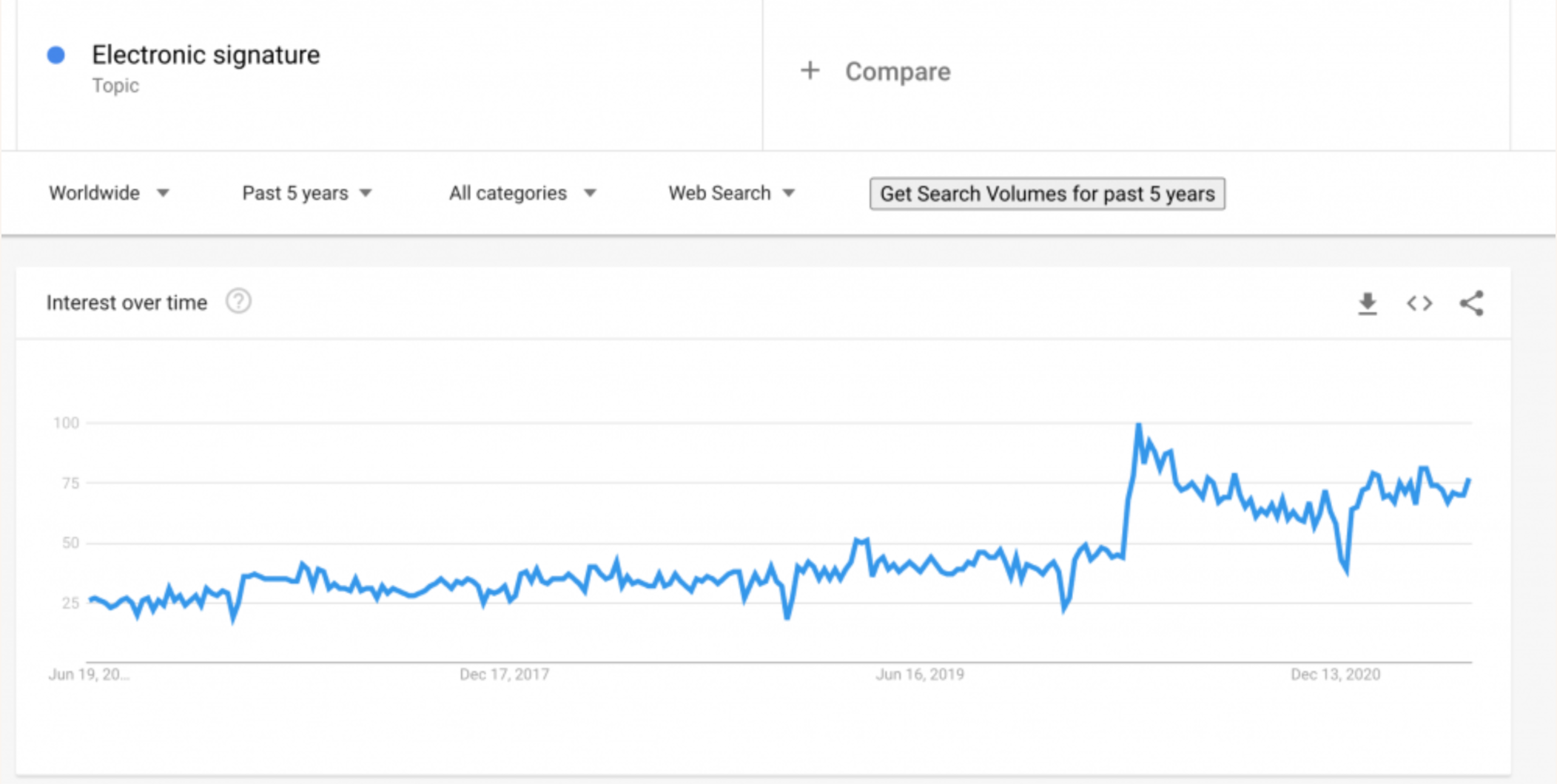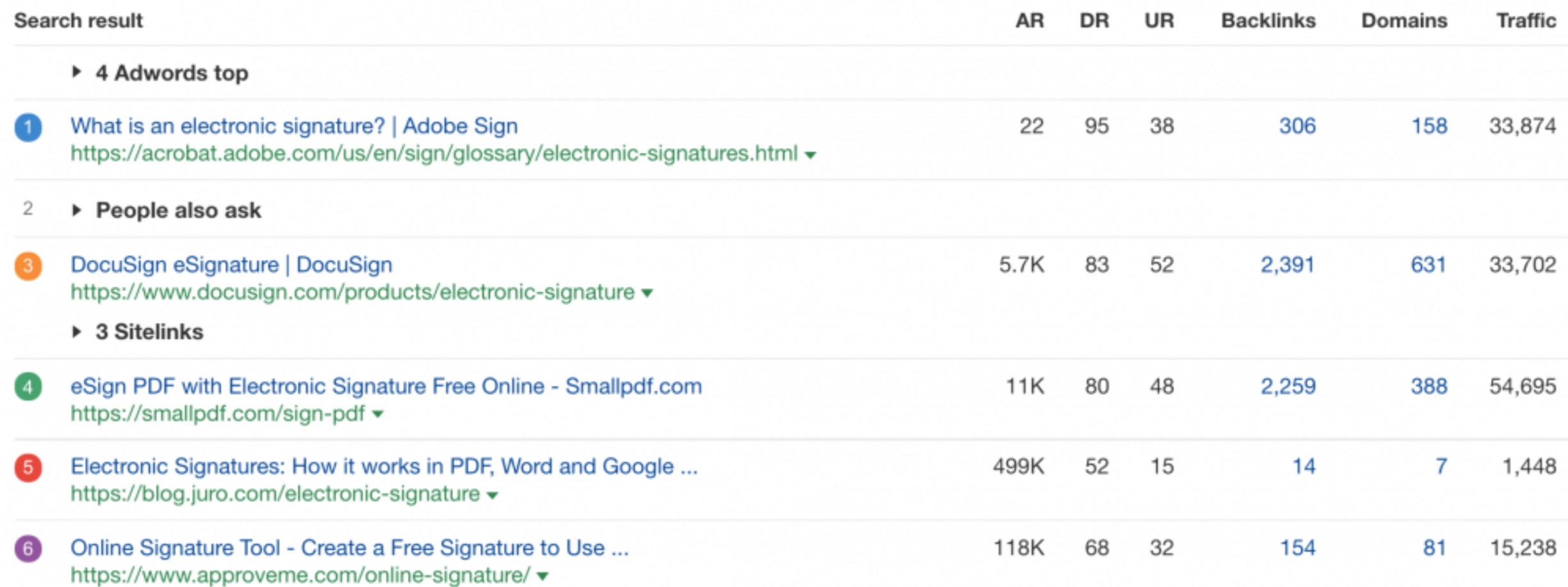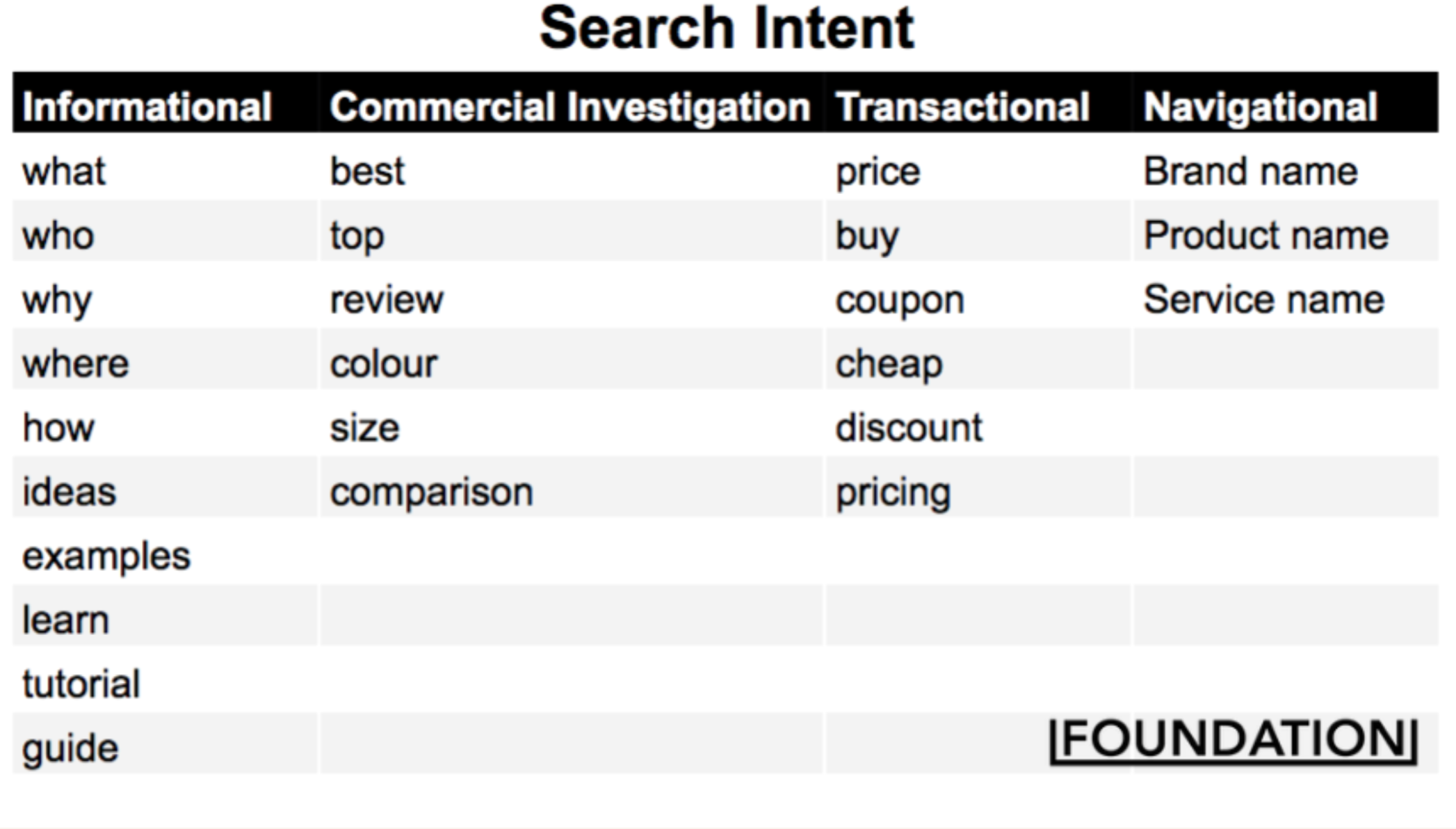Last year more people used an esignature than ever before.
Realtors. Bankers. CEOs. Project Managers. And traditional service business were in many ways forced to try something that they had never done before. In the same way that video conferencing was forced upon many organizations in 2020; the world of esignatures was also pushed upon brands and people from around the globe.
At the height of the pandemic, the amount of traffic for the word “esignature” reached an all time high. People from all walks of life needed to sign things but couldn’t meet up in the flesh to put pen to paper like they had done for so many years.
Here’s a snapshot of the search volume that came from this spike:

A year later and the interest and demand for electronic signatures has yet to return to volumes that are similar to pre-pandemic levels. It’s one of the many industries that have truly benefited from the rise of remote work and signatures being needed from people living and working thousands of miles away from one another.
There are a handful of SaaS players operating in this space.
DocuSign is one of the leaders with a market cap of $48B an estimated revenue growth rate of 42% and 17% operating margins. It’s a beautiful business and one of the prime examples of software truly eating the world. In addition to DocuSign, there are players like Hellosign, Pandadoc and the SaaS Giant that many sleep on: Adobe…
All of these companies have benefited from the rise of remote work. But when you take a closer look at the individual pages that represent their esignature products — Docusign has completely blown their competition out of the water at doing marketing right.
Keep in mind… All of these sites have multiple pages that capture traffic surrounding variations of keywords around esignatures. The ability to rank for these phrases in search is important for many reasons but the main one being:
Someone who is looking for an esignature solution is likely at a moment in the customer journey where they need a solution to solve a problem.
Since someone has likely told them:
Can you send me a contract to sign? Or send it and I’ll sign electronically…
Which triggered them to be like “umm, wait, what… okay.. let’s try Google”
And that’s when they type “Electronic Signature” into Google (or at least that’s what 95,000 people type in every month) and begin their hunt for a solution…

From here… The user is going to scroll through: Four advertisements from companies like Pandadoc, Signdoc, Docusign, Capterra and other brands. Some people will click on these ads and cost the various companies anywhere from $7-$15 per click but most people will scroll right past these ads and get down to a link that ranks organically.
That company. That page. That site is…
*drumroll please*
It depends.
That’s right. It depends on when and where you are.
As a Canadian, the page that I get delivered is different from my colleagues in Texas and Ireland. The page that I’m met with today is the electronic signature product page from DocuSign. Here’s a snapshot of how well the DocuSign electronic signature page is doing:
- Organic traffic of more than 552,000 per year
- Over 1,400 historic referring domains
- Ranks for 1,500 keywords
- Traffic value of $309,000
Pretty good right?
This is especially good when you consider the fact that this page is NOT educational. It’s purely trying to sell and tell the person about the electronic signature product offered by DocuSign. Now here’s where things get very interesting. The competition that Docusign is up against (Adobe) has taken a completely different approach with its content.
And in many places… They’ve been rewarded for it.
Here’s a snapshot of the SERP (Search Engine Results Page) from Ahrefs:

Notice who’s number 1?
It’s Adobe.
In fact, when you plug this URL into a keywords analysis tool the metrics around it are as impressive as that of the Docusign product page. Here’s some data:
- It ranks for 794 keywords
- Generates 37,500 monthly visits
- Has a total monthly value of over $752,000
Not bad eh?
The reason why (I believe) this page is ranking so highly in search is because it fulfils a level of search intent that is different from the Docusign page.
The Docusign page is focused on a transactional level of search intent (I want to buy an electronic signature product) while the Adobe page is focused on informational search intent (I want to learn about esignatures).
People use Google for, primarily, 4 types of search intent:
Informational: Looking to learn more information
E.g., “What is an Electronic Signature?”
Navigational: Looking to get somewhere specific
E.g., “Docusign’s esignature Product”
Transactional: Looking for an asset to buy, use, or download
E.g., “Docusign Pricing”
Investigational: Trying to compare assets
E.g., “Docusign vs Hellosign”
You can picture a handful of keyword variations that can be used by people looking for solutions related to electronic signatures when you think about it from this lens:

Search intent is a user’s why.
It is the reason why they pick up their device, make their way to Google, and type their latest problem or inquiry. They want to discover something new, learn more about a subject, or compare options before deciding on the next step.
Creating educational content can pay HUGE rewards. Picture it…
Someone is looking for information surrounding electronic signatures, they go to Google to find it, they click the link, they learn about the concept and then after learning they’re met with a call to action to sign up for a solution. That’s an amazing funnel.
Now, here’s a big problem that Adobe has overlooked:
THEY DELETED THIS PAGE!!!!
Yup.
When I clicked on this link in the SERP; here’s what I was met with:

Oh no.
Oh no.
Oh no, oh no, oh no, oh no….
So what does this mean?
It means that Adobe’s team has been working on their website but clearly missed the memo on the fact that this page was likely printing money for them. Eek. Not good.
This presents a major opportunity for their competitors to go out, create a page that takes a more educational approach to their content and then rank for this exact phrase.
Based on the fact that this page is currently 404ing… I’d say it’s safe to assume that either Adobe’s SEO team is furious with the people behind the latest site migration / change OR….
The SEO team just… didn’t see this… coming?
Maybe?
I don’t know… But it’s not a good look.
While it appears that Adobe is running into some challenges around the electronic signature opportunity. There’s no question that their team is still actively going after the keyword. One of the biggest indicators that they obviously care about this opportunity is that they own the URL: esignature.com. Only someone serious about a topic would own the domain…
Check out Relentless.com or B2BGrowth.com.
All companies that take something very seriously.
The page that Adobe directs people to from the esignature domain doesn’t perform as well as the page that once ranked as an educational page.
The esignature.com URL generates 87,000 visits a month, has over 2500 referring domains and a traffic value of $172,000… So don’t get me wrong. They’re still doing a great job at capturing some of this industry demand. But the 404 page is doing them absolutely no favors (plz FWD this to anyone you know at Adobe).
So let’s summarize this entire situation with this:
You never know when you’re going to be met with a game changing event where demand skyrockets for a specific element of your industry. The brands that have been creating content around the topic esignature for years were able to unlock amazing returns over the last 13 or so months. Similarly, the food blogger who built a reputation for creating content about sourdough was able to unlock amazing returns. You too have the ability to unlock these great returns but it all starts with two things:
1) Creating content around topics that have high growth opportunities
and
2) Being consistent with the creation & optimization of your content
You do those things well and you will be well on your way to creating a content marketing moat. An unshakeable situation where your position in the SERP will be rooted in delivering value and the algorithm will have no choice but to make your content rank.







